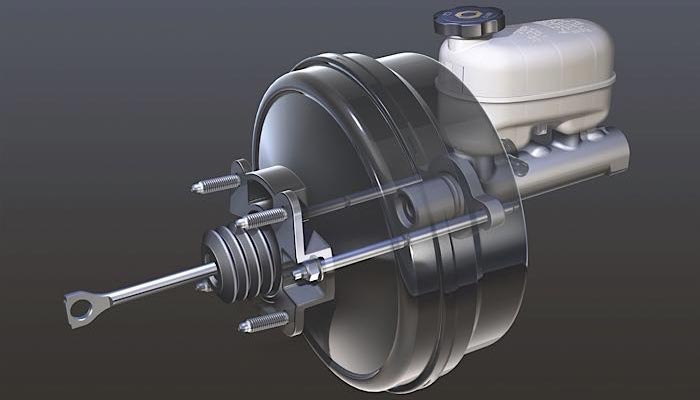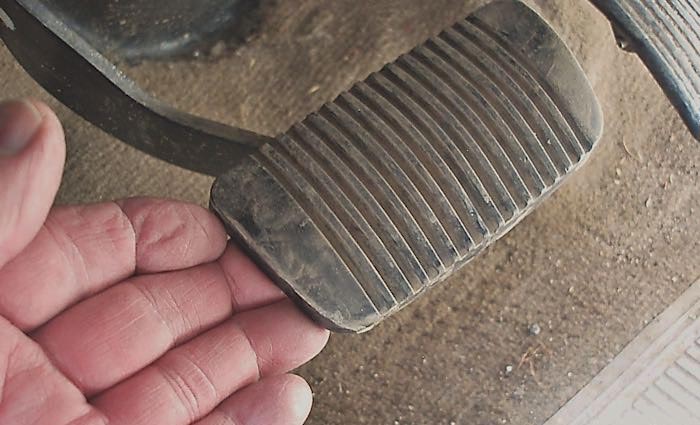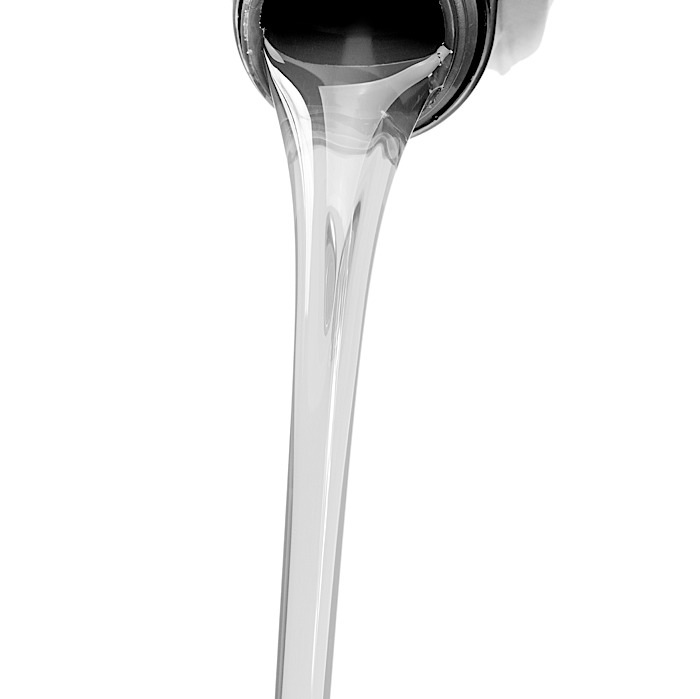Government Regulations And The Check Engine Light
At first, Uncle Sam demanded crash tests, tire tests and seat belts. Then, in the ‘70s, it was the crash bumper debacle followed by the arrival of emissions systems with their smog pumps, miles of vacuum hoses and EGR valves. All of these “improvements” on the family car forever changed the way mechanics service vehicles.

Continental Introduces Aftermarket Handbook For Automotive Technicians, Distributors
Continental, a leading global manufacturer of automotive and heavy-duty aftermarket products, has introduced this week at AAPEX 2016 an aftermarket handbook for installers to use as an aid in customer service in the service bays or showroom. “The ‘Little Black Book’ is primarily for the professional repair technician to show the customer what could go
Vacuum Power Assist Service
Most late-model vehicles use a vacuum booster to help apply the brakes. The booster is usually located behind the master cylinder on the firewall. A leak in the vent valve can cause a reduction in the performance of the booster and increase pedal travel. A manifold vacuum of 20 inHg or greater can be achieved during deceleration. The booster chambers can be evacuated and retained at this pressure by a properly operating check valve.

2000 Toyota Land Cruiser Brake Assist: Diagnosing Low And Hard Brake Pedals
Brake pedal assist complaints are often subjective in nature and, for that reason, can be difficult to solve. I was recently involved in a mobile diagnostic case involving a 2000 Toyota Land Cruiser that, unlike most vehicle applications, uses its anti-lock braking pump and accumulator to provide brake pedal assist for normal braking. The Land Cruiser’s brake assist (BA) system can also interface with an anti-lock braking system (ABS), vehicle stability control (VSC) and traction control (TRAC) system, if so equipped.

Modern Oil Changes And The Changing Functional Fluid & Filters Market
Gary Goms asks, “What ever happened to the $19.95 oil change?” The answer is that it disappeared along with the “dinosaur” oils of the day. Using the $19.95 oil change as an example, he explores how you can best meet the challenges of the modern fluids and filters market by looking at the costs involved.

Gates Introduces New System Repair Initiative
The Gates Corp. has introduced “Be System Smart,” an approach to automotive maintenance that focuses on making complete system repairs. Be System Smart is Gates’ call to action to technicians and consumers to evolve their mindset and think holistically about their vehicles’ systems. When components wear, they put the entire system at risk. Serpentine belts
Beyond the Warranty Maintenance Checklist
What happens after the bumper-to-bumper and powertrain warranties wear out? If you look at any factory-recommended service intervals, after 100,000 miles they cease to exist. What does it take to keep a vehicle going for 120,000, 180,000 or 250,000 miles? The key is maintenance and
Servicing The Nissan VQ35-Series Water Pump
At the top of the list for the most difficult water pumps to replace is the Nissan VQ-Series V6 engines. The pump is turned by the timing chain and is nestled in the engine block. This can make for a very difficult job no matter if the engine is mounted transversely or longitudinally. The VQ35-series of engines can be found in 2001-current Nissans and Infinitis.
Gates Announces New Online Training Program
The Gates Corp. has announced the launch of its new Acceleration Sessions training series. The sessions feature information on critical systems such as fuel, accessory belt drive, cooling and timing systems. After each video, participants take a short quiz where a passing grade of 70 percent will earn chances to win prizes like NASCAR trips and tool packages, as well as instant dining cash.
Diagnosing EGR And Secondary Air Systems
The perfect internal combustion vehicle would be able to put the exact amount of fuel and air into the combustion chamber. If the perfect combustion event happened, you would get nothing more than water and carbon dioxide. We are not there yet. In the mean time, we have exhaust gas recirculation systems (EGR), secondary air injection and catalytic converters.
